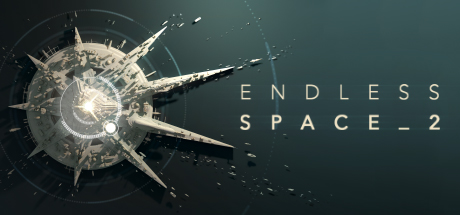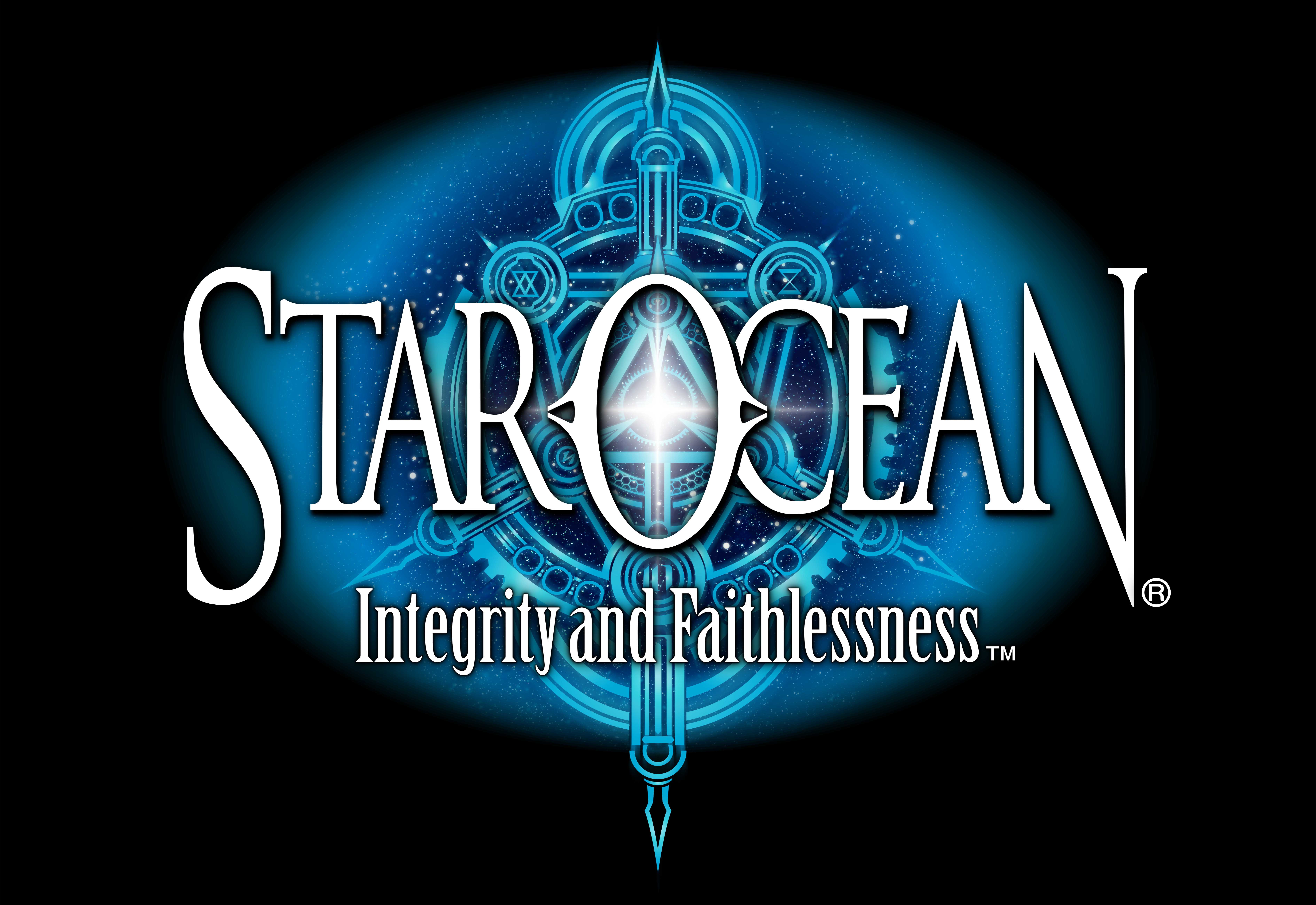
Endless Ocean Luminous arrives a swift 14 years after the last entry in the meditative underwater exploration series, which was all the way back on the Nintendo Wii. It’s still a member of a specific genre of games that take pleasure simply in observing, cataloguing and interacting with the natural world, inhabited by games like Afrika, Abzu and my personal favourite Aquanaut’s Holiday. With a similar premise of uncovering mysteries, shared by Aquanaut’s Holiday: Hidden Memories, I thought I was an easy mark for Endless Ocean Luminous’ revival of the series on Nintendo Switch, however a repetitive and grindy experience make Luminous far more of a challenge to enjoy than its predecessors.
Luminous takes place in the Veiled Sea, which is an ‘ocean of mysteries’ that is said to change its shape every time it’s visited. I’m sure you can already see how this is reflected in gameplay. Your diver is part of a small team exploring the region, as well as trying to help protect a giant ‘world coral’ which is slowly dying. The main plot advances at first at a reasonable pace, introducing you to gameplay mechanics and setting you basic challenges to undertake. Your main interactions with the world are simply swimming, picking up randomly generated junk off the sea floor and scanning fish, performed by holding down the ‘L’ button, which will add their info into a database if not already collected but also produce ‘light’ which can be used to heal the world coral. However, there comes a point where the plot advancement stops, and you see that now each chapter of the plot has requirements before you’re allowed to continue, and this starts off with a requirement for scanning hundreds of fish.
Endless Ocean Luminous is structured into three main modes, and aside from the story mode, there’s also a ‘solo dive’ and ‘shared dive’ mode. Both of these modes are what the game actually revolves around, as these ‘dives’ generate a random 9×9 grid every time you head into them, unless you specifically choose to continue a previous dive or have noted down the map’s unique code. The maps are completely blacked out on your radar, so you’ll need to uncover every pixel of the map yourself to fill it in, scanning every fish you find as you go (and as they appear in the meagre draw distance) and picking up every bit of detritus along the way. Advancing through the plot quickly is clearly not how Luminous is intended to be played, as the chapters are doled out in increasingly bite-sized chunks with relatively menial tasks, and the requirements for unlocking them increase higher and higher. Instead, it seems clearly the intention that Luminous is meant to be a more ambient experience, where your long hours of play are eventually rewarded with minor plot advancement, a plot which isn’t really interesting or even weird enough to be that invested in uncovering anyway.
The randomly generated oceans of Luminous can be pretty, mostly due to the wide array sea-life represented in the game. There’s great sharks, massive whales, bottom feeders, hypnotising schools of tuna, colourful clusters of coral fish, the works. The theme of mystery is also woven into some of the scenery you can find around the ocean floor, like sunken temples, shipwrecks and even space capsules. It does succeed in hitting that nerve that a game like Aquanaut’s Holiday hit for me, where there’s so much appeal in seeing the weird world of undersea life juxtaposed with foreboding or mysterious man-made structures. The issue is, compared to something like Aquanaut’s Holiday: Hidden Memories, it’s all randomly generated. While that PS3 game isn’t very long, it does at least have themed areas that take you on a journey through various types of sea life and environments in a way that feels purposeful, and a story that’s incredibly odd and silly, but kind of cute too. Endless Ocean Luminous has traded that hand-crafted structure for, in theory, length and replayability, as you now have an endless assortment of oceans to explore. It doesn’t quite work in practice, as many times maps feel almost devoid of much of interest.
Beyond simply scanning fish and clearing shaded areas off your map, there are some other basic tasks you can undertake. Ancient stone discs (which unfortunately fail to render with the scenery in the correct colours) will give your diver instructions in the form of riddles, that basically boil down to ‘bring X fish back here’. Your diver can encourage a fish to follow them simply by scanning it and pressing a button, assuming you’ve ‘levelled up’ enough through dives to increase their following capacity. If the instruction is for a shark or something you’re too under-levelled to complete, hard luck – better luck next time. There are also anomalous fish you can find, signalled by a flashing dot on screen, which trigger a sub-quest to scan the rest of their anomalous ‘set’ in every map. The trick is, they can be miniscule fishies that take ages to find, and you’ll only be able to see their approximate location on your map if it’s been cleared, which means you’d better get to work uncovering every inch of the map. These sub-quests are important, too, because completing them triggers some of the cooler encounters in the game, which is the inclusion is of giant prehistoric fish and creatures.
There’s also a board of 99 ‘secrets’ to keep track of as you play through Endless Ocean Luminous, which generally take the form of specific items you find on the ocean floor, lore drops of an ancient civilisation that lived in the area, or special creature encounters. Rather than just a neat way to track some of the more notable content in the game, it’s actually required to fill it out to advance through the plot, which means you’d better be going over everything with a fine toothed comb. Again, this wouldn’t necessarily feel so monotonous if the maps felt more purposefully curated or designed, but all too often getting through this list of secrets just feels like you’re carrying out busywork for its own sake.
If you have like minded friends, then experiencing Endless Ocean Luminous through ‘shared dives’ might be a more attractive option. These allow you to divvy up the work much more effectively in a group of up to 30 other divers online, tagging objects for others to collect and using unlockable emotes to communicate and have fun with other players. However, Endless Ocean Luminous doesn’t offer a very compelling multiplayer experience beyond this, there’s no puzzles to collectively solve, or obstacles to overcome or even angry fish to protect against, it’s really just the same experience, but online with a friend pretending to drown next to you.
I really wanted to like Endless Ocean Luminous more than I did in the end, and it’s a shame as there are a lot of elements here which do work well together. The collection of over 500 species of ocean life, including long-extinct kinds, juxtaposed with haunting undersea structures and a mysterious lost civilisation to uncover, that’s all great stuff, and at times your ambient experience just swimming around the Veiled Sea can be quite peaceful. However, the actual gameplay experience is a collection of unfortunate monotony, with not much to actually do but continually grind to unlock spots on secret board or advance the meagre plot. There’s definitely some cool underwater vibes to be felt in Endless Ocean Luminous, but the game as a whole just feels too shallow.
This review is based on code provided by the publisher.
-Relaxing, meditative atmosphere -Cool scenery, fascinating undersea life
-Monotonous gameplay, grindy progression that doesn't feel worth it -Spotty performance









